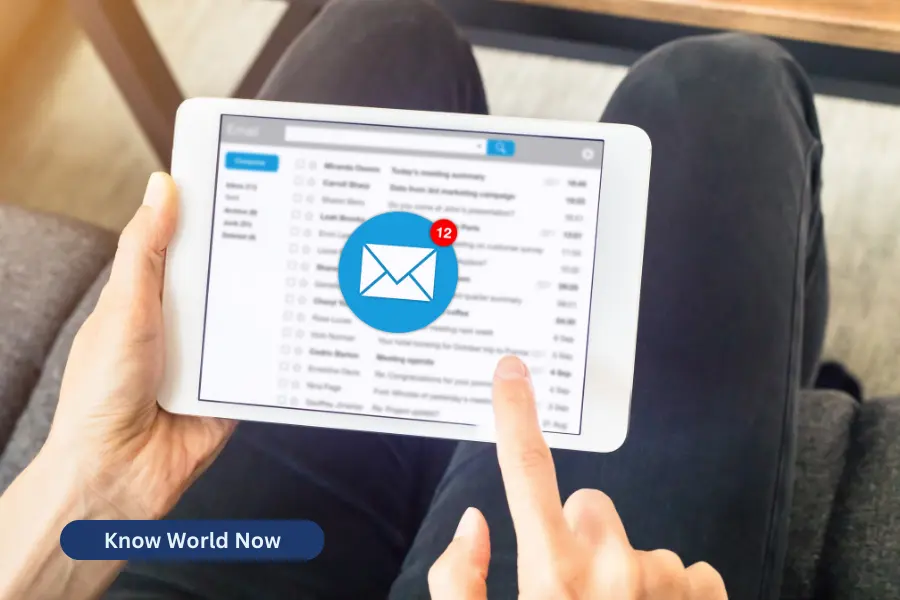Generic email blasts sent to entire subscriber lists typically deliver disappointing results. The solution lies in strategic email segmentation.
This comprehensive guide covers how to segment your email lists for vastly improved engagement and conversions. It explains the definition and significant benefits of segmentation, the criteria to leverage, the vital role of tools like ConvertKit, and actionable strategies for success.
Whether you’re new to segmentation or want to optimize existing efforts, this article will empower you to create highly targeted, personalized emails tailored to the diverse needs of your subscribers. Thoughtful segmentation is key to crafting messaging that deeply resonates with each audience group.
What is Email Segmentation?
Email segmentation is the practice of dividing an email list into smaller, targeted groups based on specific criteria like demographics, purchase history, and engagement. Segmentation enables marketers to send more personalized, relevant messaging tailored to the unique needs and interests of each subset of subscribers.
Email segmentation is a critical aspect of direct marketing, allowing businesses to create more targeted and effective campaigns.
Key benefits of segmentation include increased relevance, personalization, efficiency, customer retention, and actionable insights. By recognizing the diversity within an audience, segmentation ensures the right messages reach the right people at the right time. This targeted approach boosts engagement, conversion rates, and overall email marketing performance.
In essence, segmentation is about deeply understanding your subscribers and engaging different groups in a meaningful, impactful way. It transforms generic email campaigns into tailored conversations built on relevance and value. For successful email marketing, adopting segmentation strategies is pivotal.
Benefits of Email Segmentation
Segmentation boosts engagement, reduces attrition, and improves conversions by recognizing audience diversity. The strategic value stems from delivering hyper-relevant emails tailored to each unique subscriber group. Email segmentation provides critical benefits that enable more effective email marketing campaigns:
Personalization and Relevance
Segmentation allows for tailored messaging aligned with the specific interests and needs of each subscriber group. This personalized approach drives higher engagement.
Improved Open and Click Rates
Segmented emails resonate more, leading to higher open and click-through rates compared to generic blasts.
Reduced Unsubscribe Rates
By reducing irrelevant content, segmentation helps curb unsubscribes from disinterested subscribers receiving mismatched emails.
Increased Conversions and ROI
Tailored content and offers convert better by speaking directly to the needs of each segment. This drives higher ROI.
Criteria for Segmenting Email Lists
Factoring in demographics, behaviors, engagement, and sales funnel position enables hyper-targeted email campaigns. Analyzing this data allows marketers to send the most relevant content to each subscriber for optimal engagement and satisfaction.
Effective email segmentation relies on careful consideration of subscriber data to deliver targeted, relevant content. Common criteria include:
Demographics
Segment by age, gender, location, and other attributes to align messaging with demographic-specific interests and needs.
Behavioral Data
Leverage purchase history and website engagement data to guide relevant recommendations and offers.
Engagement Metrics
Track email opens, clicks, and more to gauge subscriber interest and fine-tune content and frequency.
Sales Funnel Position
Identify subscriber awareness, consideration, and decision stages to deliver matched, stage-specific content.
The Role of Tools in Email Segmentation
Email segmentation tools like ConvertKit play a vital role by automating and enhancing the segmentation process for streamlined implementation.
Manually analyzing data and tailoring content for different segments is time-consuming and error-prone. Tools like ConvertKit simplify segmentation with automatic list division, personalized content features, and data-driven insights.
Key benefits of using tools
- Automate segment creation based on predefined criteria for efficiency.
- Enable personalized, relevant content for each segment.
- Provide engagement analytics to guide segmentation strategies.
- Allow segmentation by metrics like email opens and clicks.
- Integrate with sales funnel stages for matched messaging.
While ConvertKit offers a robust solution, there are also various other tools available that cater to different needs and preferences.
While beneficial, segmentation tools can pose challenges around data privacy, platform integration, and feature learning curves. ConvertKit aims to address these through compliance, integrations, and user-friendly functionality.
In short, segmentation tools like ConvertKit provide indispensable automation, insights, and personalization capabilities for streamlined implementation and email marketing success. Their solutions overcome key challenges in the segmentation process.
Strategies for Effective Email Segmentation
Smart utilization of email service provider tools, data analysis, testing, and optimization empowers businesses to craft highly targeted and effective segmented email campaigns. Implementing successful email segmentation requires thoughtful planning and optimization. Key strategies include:
Leverage Email Service Providers with Segmentation Tools
Platforms like ConvertKit offer built-in segmentation features for automation, personalization, and data-driven insights. This simplifies the process considerably.
Analyze Customer Data to Identify Meaningful Segments
Understand your audience by assessing demographics, behaviors, and engagement metrics. This guides the creation of segments aligned with their interests and needs.
Test Different Segmentation Approaches
Experiment with various criteria and content to determine what resonates best with each segment. Tools like ConvertKit facilitate A/B testing different strategies.
Optimize and Evolve Based on Performance
Continuously analyze campaign metrics to identify opportunities to optimize segmentation and messaging approaches for improved performance.
Conclusion
Email segmentation may seem daunting initially, but it provides enormous strategic value. By dividing your lists into hyper-targeted segments, you can transform generic email campaigns into meaningful conversations built on relevance. This tailored approach boosts engagement, curbs unsubscribes, improves conversions, and strengthens customer relationships over time.
With the right criteria, tools, and strategies, any business can implement segmentation to unlock the full potential of its email marketing. Begin by analyzing your audience data, testing different segments and content, and optimizing based on performance.
With consistent refinement using insights and best practices, you will be able to engage diverse groups of subscribers in a uniquely relevant way. The result is email marketing that resonates, converts, and drives sustainable growth.




![F95Zone Games - The Ultimate Guide for 2021 [F95Z Guide] 5 F95Zone Games](https://knowworldnow.com/wp-content/uploads/2021/07/ArTtW5LrK3b-z-0-y-637f48d86203817a9042a857.webp)